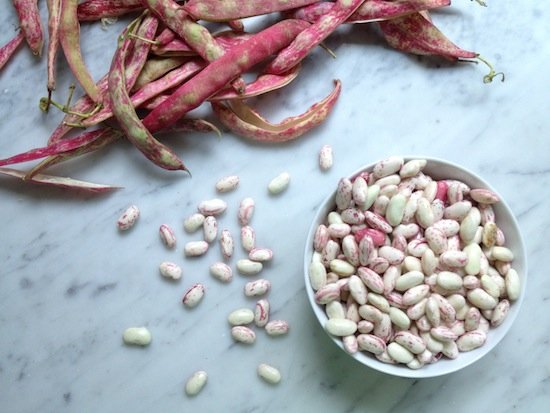This has nothing to do with the Chinese horoscope yet one thing’s for sure, regardless of your star sign, there’s one thing you have to keep in mind in 2016: eat more pulses! With a recent resolution, the UN declared 2016 to be the “international year of pulses” with the goal of promoting their use all over the world, from developing countries, where it can be a response to malnutrition issues, to industrialised countries where it is a valid answer to the problems connected with a bad diet.
It is not by chance that the UN and the FAO have chosen chickpeas, beans, lupins, lentils, broad beans as the best candidates, among protein rich foods, to address the challenge of feeding us all in the healthiest and most sustainable way.
Legumes seem to have everyone agree except consumers, who are not particularly fond of them and only eat them from time to time, mostly in first courses or as a side dish, when in fact this protein-rich ingredient, when paired with cereals, has all the right characteristics to make an excellent main course.
Even the Italian restaurant industry has taken into account this limited popularity and had beans & co. virtually disappear from the menus, limiting their use to a background role. In fine dining, where regional dishes are not very popular, beans and other legumes are mostly presented in the shape of a bed on which king prawns, scallops or filets of fish are placed.
As shown in the reports published by the FAO, serving beans, chickpeas and lentils more often helps the environment above all. Legumes, compared to animal products require less drinkable water, less fertile soil and create less greenhouse gases. Ideally, an adult weighing 60kg should eat a quantity of 60g, the proteins being equal.
If you take into account the environmental impact, that is to say the impact of production, processing, transport and disposal of a product in terms of necessary square metres, producing 1kg of red meat requires 109 square metres, legumes 19. Pulses are also good for your health, so much so its consumption is recommended every day and they should become an essential component of our daily diet. A regular consumption also reduces any possible inconvenience such as bloating, one of the most common reasons why consumers avoid them.

The third advantage is saving: the price of pulses is much smaller than that of beef, chicken, fish and if we consider the price given the same quantity of proteins, the savings are truly significant. For instance, this year should you try to use pulses instead of red meat as often as possible, you could end up saving up to 1500 euros, basically one month of rent. Even for restaurateurs, a greater use of legumes can lead to saving on raw materials, easier stocking of the products and therefore reduced waste.